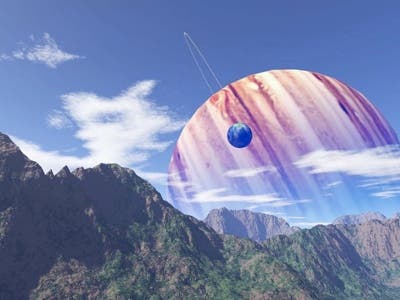“This is a normal, temperate exoplanet just like dozens we already know, but this is the first whose properties we can study in depth,” says Claire Moutou, who is part of the international team of 60 astronomers that made the discovery.

This discovery is absolutely mesmerizing, and it’s importance just can’t be overestimated.
“It is bound to become a Rosetta stone in exoplanet research. Corot-9b is the first exoplanet that really does resemble planets in our solar system,” adds lead author Hans Deeg. “It has the size of Jupiter and an orbit similar to that of Mercury.”
“Like our own giant planets, Jupiter and Saturn, the planet is mostly made of hydrogen and helium,” says team member Tristan Guillot, “and it may contain up to 20 Earth masses of other elements, including water and rock at high temperatures and pressures.”
“Our analysis has provided more information on Corot-9b than for other exoplanets of the same type,” says co-author Didier Queloz. It may open up a new field of research to understand the atmospheres of moderate- and low-temperature planets, and in particular a completely new window in our understanding of low-temperature chemistry.
All in all, there have been than 400 exoplanets have been discovered so far, out of which 70 were found using this transit method. However, CoRoT is different and special, in that its distance from its host star is about 10 times larger than that of any other exoplanet. Also, unlike any other planet, it’s expected to have a temperate climate; it’s estimated that the temperatures vary from 160 degrees to -20 Celsius.






